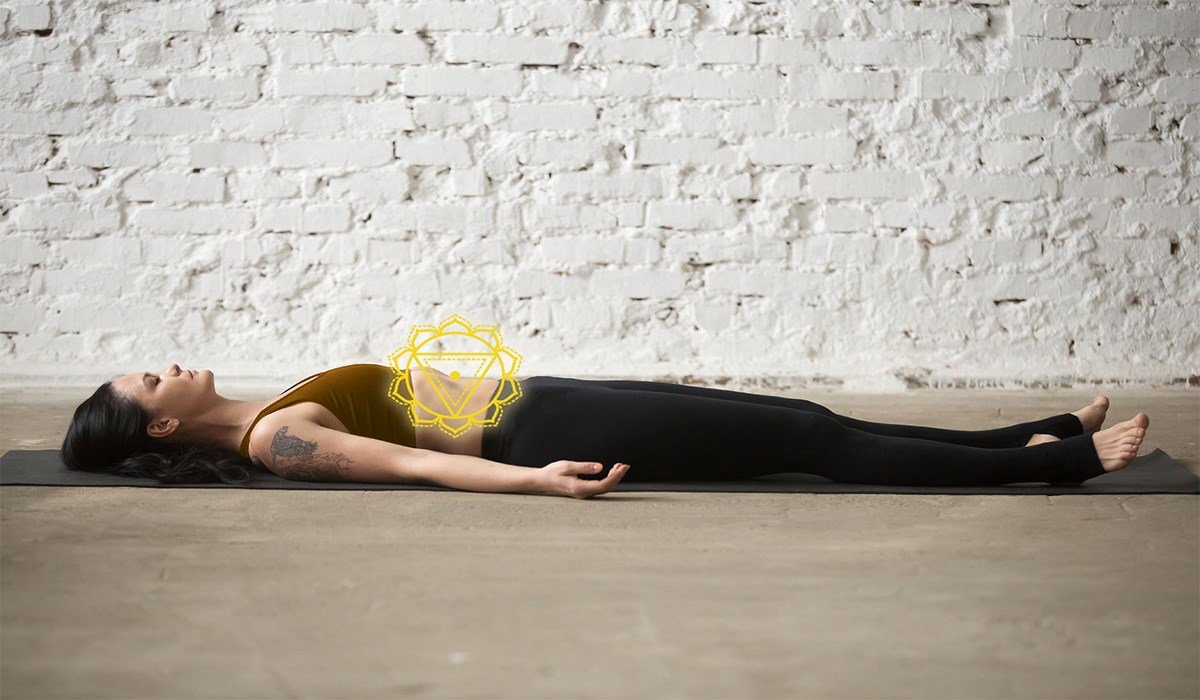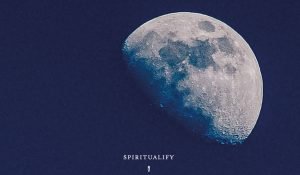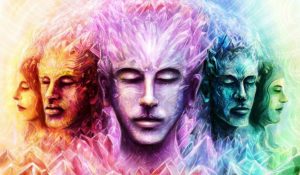When the third chakra Manipura , also called the solar plexus chakra, is open and balanced we feel naturally determined, strong, conscious of our purpose and the direction we want to take in life. Our inner strength is at its maximum and we have full and inexhaustible trust in ourselves.
The solar plexus is in effect our center. It is the seat of the energy needed to transform our ideas into actions and it is from this space that we assimilate life, both physically and in the way, we process the situations and circumstances that we live every day.
Table of Contents
What happens if the third chakra is blocked?
Energetically, the third chakra represents the fire element and is in fact associated with our inner fire, in the light that we irradiate when we come into contact with the rest of the world.
If fire burns without control we tend to impose our dominion on others, we are arrogant and we find it difficult to develop constructive and harmonious relationships with others.
On the other hand, if the fire is too weak, poorly fed, we tend to live passively, refraining from taking any action or making important decisions. We find ourselves in a state of perennial dissatisfaction linked to feeling under scrutiny and being too strict with ourselves, ending up in an attitude of timidity and renunciation.
Working with yoga asanas that balance this energy center will have an uplifting effect on your sense of happiness and well-being and will help you nurture your ego and pave the way for your self-fulfillment. In this article we will explore the ideal positions to rebalance the energy of the third chakra, stimulating or dampening its focus to develop and direct its energy harmoniously.
Yoga exercises to unlock the third chakra
Balasana (Child pose)

Balasana, more commonly known as Child Pose or the child’s position, is a very calming asana for the solar plexus chakra, so from the point of view of balance, it is ideal to combine with more dynamic poses (such as the following three) that feed your inner fire. It is also an optimal way to relax the adrenal glands, which can be completely overburdened when we feel downcast.
Tips: To make this pose even more comfortable, you can place a folded blanket under the knees and/or a cushion between the back of the knees and the buttocks. As you breathe in, feel the breath reach the area around the navel and as you exhale, try to feel the breath flooding your whole body, creating inner calm as you pass.
Phalakasana (Plank)

This basic pose has the ability to greatly stimulate our solar plexus region. It can quickly make you accumulate internal and external heat and charge you with energy.
Both a transition and a position in its own right, Phalakasana also appears in many forms of Surya Namaskar (Greeting to the Sun) precisely because of its capacity for strengthening and heating.
Suggestions: you can change this pose by slightly lowering your knees. It’s a great option if you’re still working on your stamina, but make sure you keep the focus on your thighs and your upper body. Practitioners often have a tendency to sink into the lower back, so always try to keep the body in a straight line with no curves.
Keep the pose for a couple of breaths and try to go beyond that point where you think you can not make it. Only that simple act of briefly ignoring the urge to surrender can really help you set off your firefighting center and build your willpower.
Virabhadrasana III (Warrior III)

This is a fantastic pose to build trust. The fact of standing firmly on one leg while simultaneously the arms and the other leg pointing in opposite directions is a sign of strength, strength, and firmness. As with the previous position, it is easy for our mind to make us feel like giving up and letting go.
Do your best to keep the pose, even if it is only for a couple of breaths, and notice the feelings that this awakens in you.
Tips: your pelvis is the focal point of the pose, so it must act as a hub and stay taut to anchor and balance, but not so much that you can not breathe effectively. If the legs become limp, you will lose strength in the pose, then keep them straight.
Focus your awareness on the navel and, if you are a visual person, you can imagine the yellow color radiating from the center of your body.
Dhanurasana (Bow Pose)

The Manipura chakra has an influence on some important glands and organs in the body, especially the liver, which is a key organ in digestion. This pose stimulates both the flow of energy and the flow of blood towards many organs, but its relationship with the liver is particularly important for the rebalancing of the third chakra.
In traditional Chinese medicine, the liver is associated with anger and worry, so it is obvious that arching can help us to let go of our worries and create space for trust and inner peace.
Suggestions: before performing this position make sure you have warmed up your muscles, especially the chest muscles, shoulders, hip flexors, and thighs. If your hips are too tight, your knees will probably widen. Imagine that your knees have magnets that attract them to each other.
Savasana

Being a completely relaxing position, it may seem that Savasana has no effect, but in reality, it is a very powerful pose. With the body still and relaxed, you can bring your awareness beyond the body and the simple act of concentrating your mind on a certain place can have an invigorating effect, both physically and mentally.
Hint: display a yellow lotus flower at the top of the navel and watch the flower rise and fall with each inhalation and exhalation.
The third chakra also affects our digestion, so adding twists to your practice can have a positive effect on the internal organs. The key word is balance. All aspects of our being – body, mind, and breath – seek a return to their natural state, including the solar plexus.
Recommended Book for You:
Learn chakra balancing techniques so you’ll be able to heal your chakras into perfect alignment and attract wealth and abundance into your life.









